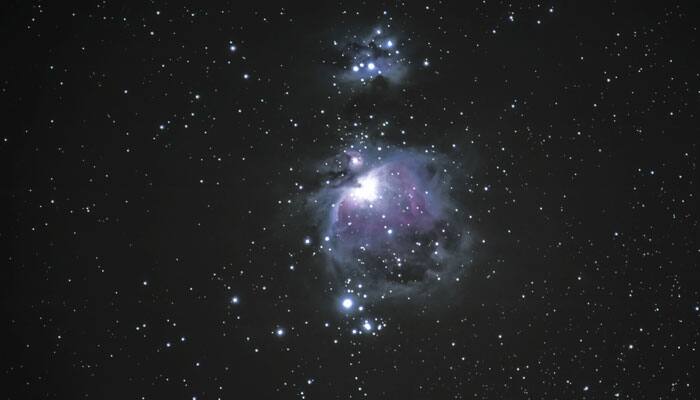Washington: Astronomers were recently able to detect the presence of complex organic molecules, the building blocks of life, in an infant star system for the first time ever.
It suggested once again that the conditions that spawned our Earth and Sun are not unique in the universe.
This discovery, made with the Atacama Large Millimeter/submillimeter Array (ALMA), revealed that the protoplanetary disk surrounding the million-year-old star MWC 480 was brimming with methyl cyanide (CH3CN), a complex carbon-based molecule.
Both this molecule and its simpler cousin hydrogen cyanide (HCN) were found in the cold outer reaches of the star's newly formed disk, in a region that astronomers believe was analogous to the Kuiper Belt, the realm of icy planetesimals and comets beyond Neptune.
Scientists understood that comets retain a pristine record of the early chemistry of our solar system from the period of planet formation. As the planets evolved, it's believed that comets and asteroids from the outer solar system seeded the young Earth with water and organic molecules, helping set the stage for life to eventually emerge.
The star MWC 480, which is about twice the mass of the Sun, is located approximately 455 light-years away in the Taurus star-forming region.
The molecules ALMA detected are much more abundant than would be found in interstellar clouds. According to the researchers, there's enough methyl cyanide around MWC 480 to fill all of Earth's oceans. This tells astronomers that protoplanetary disks are very efficient at forming complex organic molecules and that they are able to form them on a relatively fast timescale.
This rapid formation was essential to outpace the forces that would otherwise break the molecules apart. Also, these molecules were detected in a relatively serene part of the disk, roughly 4.5 to 15 billion kilometers from the central star. Though incredibly distant by our solar system's standards, in MWC 480's scaled-up dimensions; this would be squarely in the comet-forming zone.
As this solar system continues to evolve, astronomers speculated, it's likely that the organic molecules safely locked away in comets and other icy bodies will be ferried to environments that would be more nurturing for life.
















